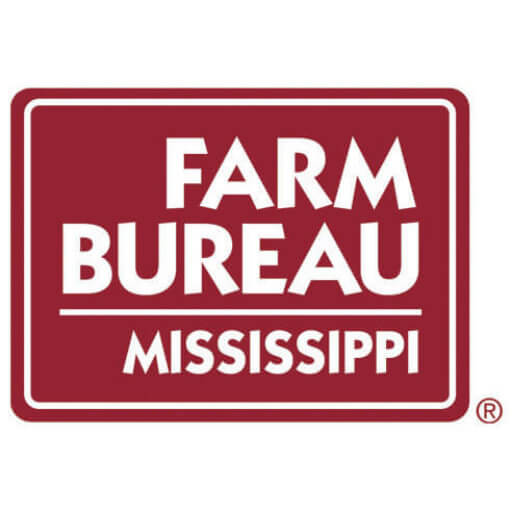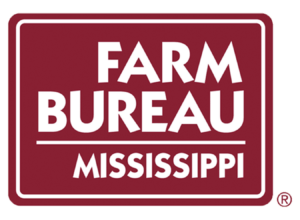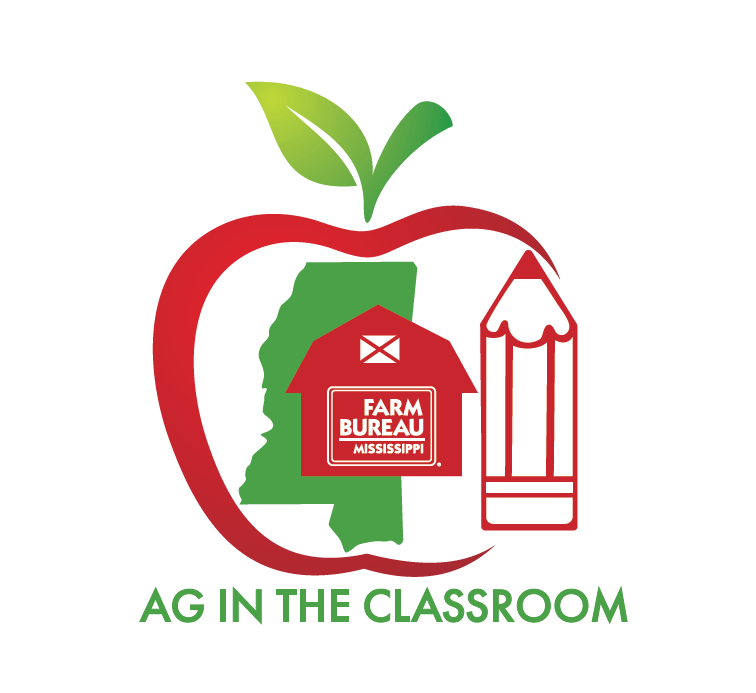Third Grade
Below you will find educational materials for third grade teachers exploring agriculture in the classroom. All lesson plans were created based on Mississippi’s 2018 College-and-Career Readiness Standards in Math, Science, and Social Studies as well as the National Agricultural Literacy Outcomes, and the Mississippi Farm Bureau Federation’s recognized commodities.
This curriculum was developed by the Mississippi State University School of Human Science for the Mississippi Farm Bureau Federation’s Ag in the Classroom Program.





